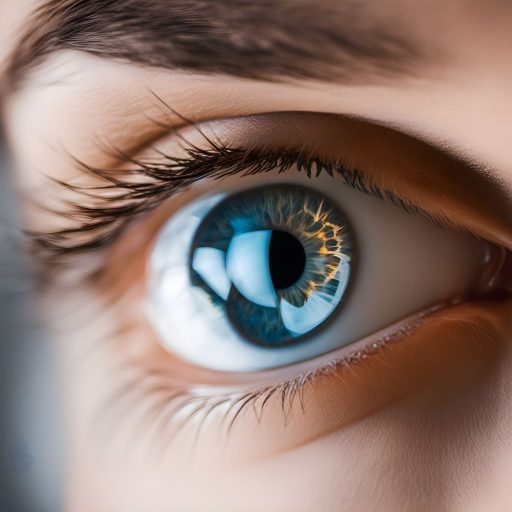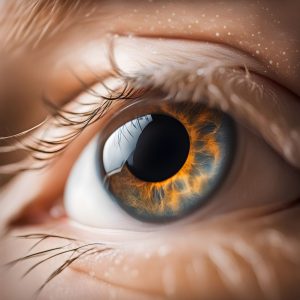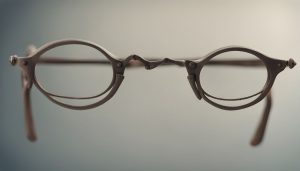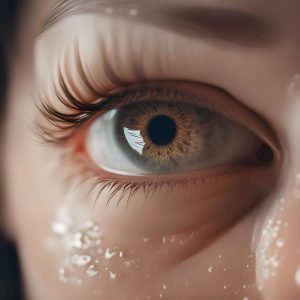Contact Lenses Issues
My own experience sparked my curiosity about the possible drawbacks of using contact lenses. I was originally lured to lenses because of their ease and benefits for vision correction, but I quickly had direct experience with the less well-known adverse effects. My experience with eye infections became chronic, emphasizing the need for good lens care and the dangers of negligence. These weren’t just little annoyances; rather, they served as reminders of how important outlook eye care is. My experience was worsened by episodes of dry eyes, which resulted in pain that lingered long after the lenses were taken out.
It was a problem made worse by the very thing I was looking for to improve my vision. Furthermore, a little bit concerning the occurrence of corneal abrasion exposed the dangers of incorrect handling of lenses. The desire to comprehend and reduce these hazards for myself and others led to a deeper investigation of the topic as a result of these experiences.
For many people who wear contact lenses, these complications—eye infections, dry eyes, and corneal abrasions—are among their frequent worries. Many microorganisms, such as bacteria, viruses, or fungi, can cause eye infections. These infections are frequently brought on by incorrect lens maintenance or overwear. Because contact lenses absorb the tear layer in the eye, they can exacerbate the condition of dry eyes, which is caused by inadequate tear production or quality. In addition to being uncomfortable, corneal abrasions brought on by scratches from incorrect lens implantation or broken lenses can also invite secondary infections.

Contact Lens Symptoms
Recognizing the symptoms of contact lens-related problems early can prevent more serious complications. Here are four key symptoms to be aware of, along with their causes and detailed descriptions:
- Irritation and Discomfort: Irritation and discomfort, one of the most prevalent symptoms, can be caused by several things, such as foreign particles under the lens, inadequate lubrication, or an improperly fitted lens. This pain might seem like something is stuck in your eyes all the time, which could irritate your whole face or even cause pain when wearing contacts.
- Blurred Vision: When wearing contact lenses, blurry vision may be a sign of deposit accumulation, lens deterioration, or a mismatch in prescription. If the blurring continues even after the lenses are taken out, it may also be an indication of a more serious ailment, such as an oxygen shortage to the cornea or an infection of the eyes.
- Excessive Tearing or Watery Eyes: Excessive tears are a frequent reaction to ocular discomfort or dryness, despite its seeming paradox. To relieve ocular discomfort or flush out foreign objects, the body generates more tears. This sensation may also mean that your contact lenses are not the right fit or composition for your eyes, which might result in more tears and eye strain.
- Redness: Redness in the eyes can indicate several conditions, such as allergic responses to lens solutions, excessive lens use, or infections like conjunctivitis. The dilatation of blood vessels in the eye as a reaction to irritation or illness is what causes the redness. Constant redness has to be examined right away by an eye care specialist, particularly if it is accompanied by discomfort or changes in vision.
Types of Contact Lenses and Associated Risks
Selecting the correct sort of contact lenses is just as important as maintaining them for optimal vision. For instance, soft lenses are well-known for being comfortable and simple to wear, but they may also be more likely to absorb allergens and pollutants, which raises the possibility of eye infections. On the other side, rigid gas permeable (RGP) lenses provide better vision and are less likely to contain germs; nonetheless, some users may find them unpleasant and require a longer adaptation time.
Although extended-wear lenses enable continuous usage over several days and nights, there is a greater chance that the cornea will be oxygen-deprived, which can result in disorders like corneal neovascularization, which impairs visual clarity by causing new blood vessels to develop into the cornea.
Daily disposables are a practical choice because they don’t require washing and lower the risk of infection, but they can cost more in the long term and still need to be inserted and removed carefully.
Preventive Measures for Healthy
It’s critical to continue wearing contact lenses in a healthy way to prevent problems. Important preventive actions include following approved cleaning and disinfection schedules for lenses and storage cases, as well as following good hygiene habits, such as thoroughly washing hands with soap and water before handling lenses. To reduce the risk of infection and other issues, users should also adhere to the recommended wear schedule and replace their lenses as instructed by an eye care specialist.
For those experiencing watery eyes, eye drops recommended by an eye care professional can provide relief and help maintain moisture levels, preventing discomfort that could lead to further complications.
Regular eye exams are crucial because they enable the early identification of any problems that might be made worse by using contact lenses. An eye care specialist can evaluate the fit and state of the lenses during these examinations and make any required modifications to guarantee the best possible health and comfort for the eyes.











